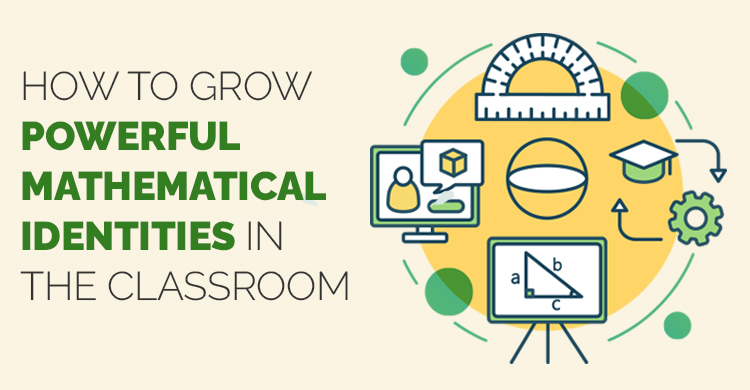Ok…so you have worked with your teachers, leaders, and community members to establish a clearly defined vision for exemplary mathematics teaching and learning. Now what? How can you be sure that your vision is enacted?
In my previous posts, I described a professional learning experience (dubbed Principals Curriculum and Instruction or PCI) that our district is providing to our school principals. It is focused on achieving the following three pursuits:
- Improving the quality of instructional conversations that occur prior to the lesson,
- Improving the quality of evidence collected during classroom instruction, and
- Improving the quality of formative feedback provided to teachers after
Last time, I outlined strategies for Pursuit #2. In this blog, I will share how our secondary mathematics office team is working with administrators to achieve Pursuit #3: Improving the quality of formative feedback provided to teachers after instruction.
Improving the quality of formative feedback provided to teachers after instruction.
In his book, Embedded Formative Assessment, Dylan Wiliam describes the formative assessment process by which “evidence about student achievement is elicited, interpreted, and used by teachers, learners, or their peers to make decisions about the next steps in instruction that are likely to be better or better founded than the decisions that would have been made in the absence of that evidence.” (2011) He describes this process in the context of classroom teaching. But the same definition applies when describing any learning event. In this blog, we will be describing how to use the formal observation process as a learning event to improve classroom instruction.
In our district, part of the teacher evaluation system is grounded in the work of Charlotte Danielson. During formal observations, administrators collect evidence, sort the data into the corresponding domains, and work with teachers to agree upon a rating that best matches the evidence to elements of performance. When facilitated well, these joint teacher-administrator conversations can lead to substantive improvement in practice. However, our challenge as math leaders is that the Danielson Framework is generalized to serve all disciplines. It is absent of reference to the NCTM Teaching Standards (Principles to Action, NCTM 2014) and, therefore, disconnected from our professional learning plan for teachers. Our goal through PCI is to develop a principal’s deep, conceptual understanding of the teaching practices so that the feedback they provide to teachers after instruction is focused and likely to result in teacher actions that are “better or better founded” than the actions that would have otherwise been made.
As district mathematics leaders, the most effective and efficient way to build teachers’ leader capacity with meaningful formative feedback occurs during collaborative classroom observation. Our mathematics team, working with a site-based administrator, visits mathematics classrooms to collect evidence of learning. After the lesson, the observation team sorts the evidence as part of a 3-part process. First, evidence statements about teacher actions are sorted by NCTM Teaching Practices. Second, evidence statements about student actions are sorted by their corresponding standard for mathematical practice. Finally, math leaders and administrators correlate all evidence statements to the Danielson Framework. This process serves to deepen the understanding of the interconnectedness of the Teaching Practices and the Standards for Mathematical Practice. It also provides administrators with a clear picture of the vision for exemplary mathematics instruction.
After the initial sorting of evidence, the classroom teacher joins the discussion and the process is repeated; this time, with the site-based administrator leading the evidence sorting exercise. The math leader provides coaching and guidance to ensure that all stakeholders make connections between the evidence and the desired state. The final observation meeting ends when the math leader, principal, and teacher develop action steps for improvement in 1-2 of the areas addressed. Including the teacher in this part of the discussion deepens buy-in and results in a likelihood of action.
In Summary
We are in our very early stages of this work. Principals have shared very positive feedback for this level of professional learning. Over time, we hope to expand this work to include assistant principals, department chairs, math coaches, and teacher peer-observation teams.
Got great ideas to share related to the observation and feedback process? Share them on twitter using #MTBoS or direct tweet me @billjbarnes.
[author_bio id=”45″]





